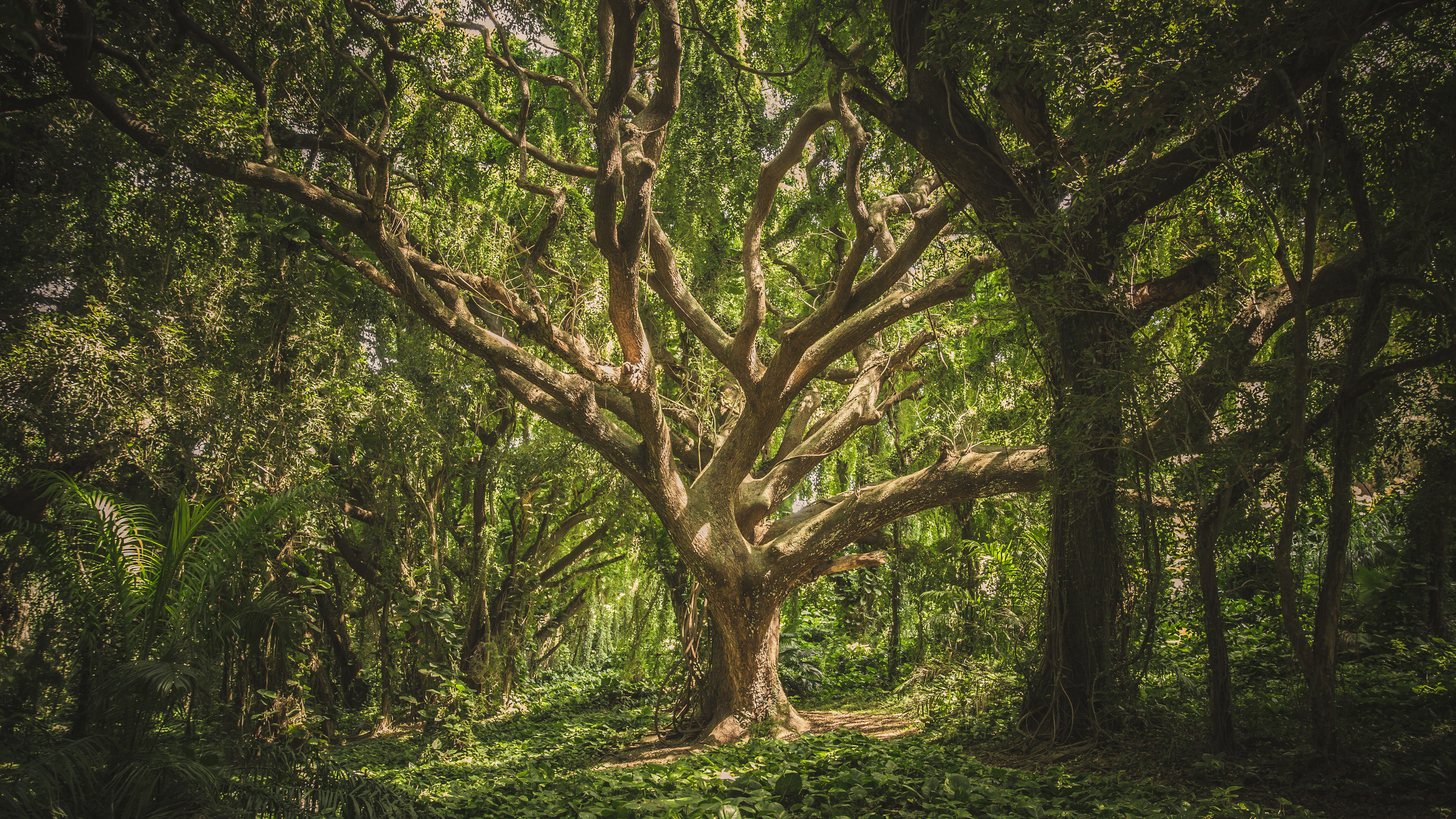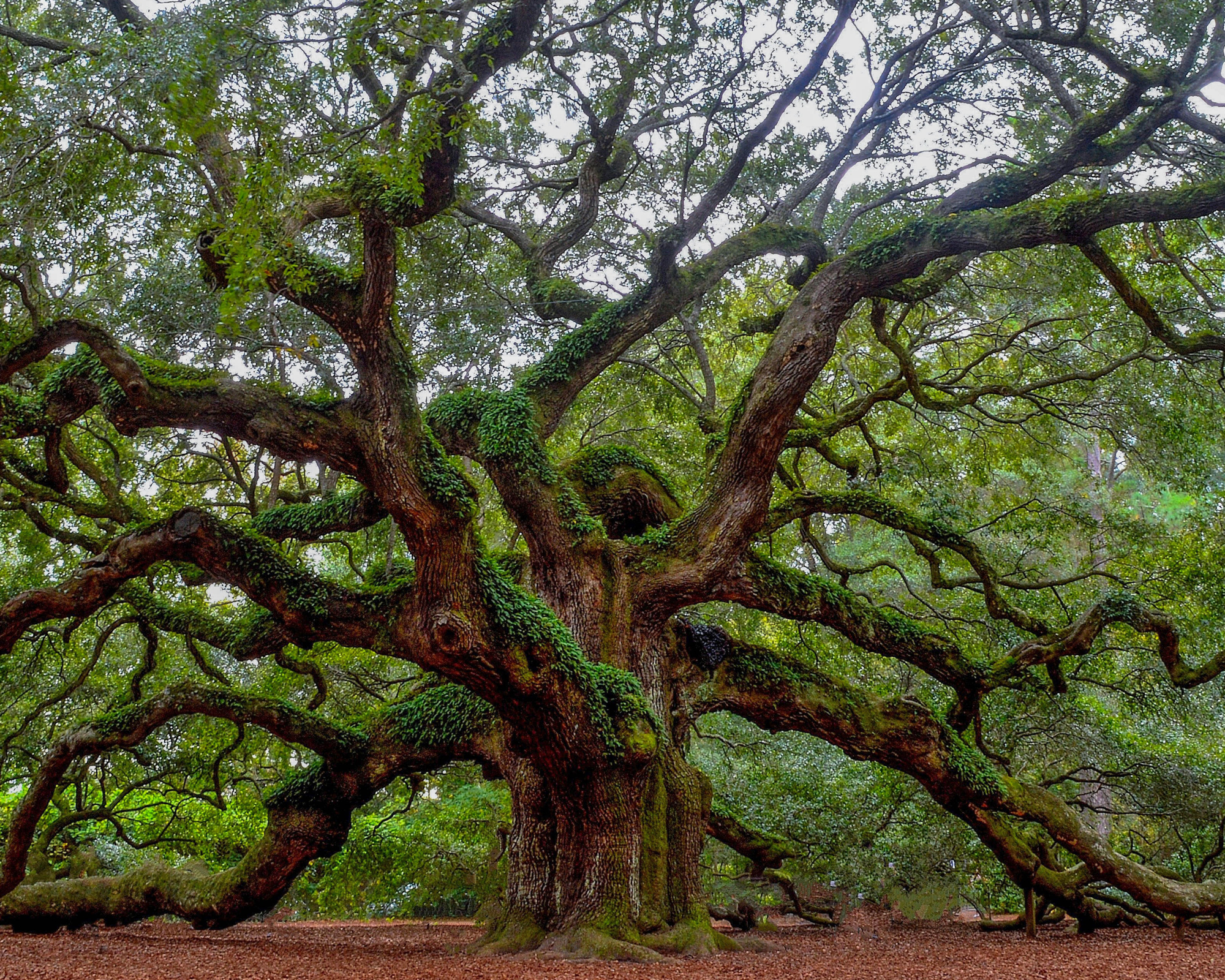Zombie trees will be everywhere in Texas this summer – but you can help some of them recover
Zombie trees are the unfortunate legacy of the February freeze, but some are salvageable, says arborist

Texas should brace itself for the emergence of 'Zombie trees' following the unprecedented freezing cold temperatures this spring. According to the state's leading arborists, mature trees that have not survived the big freeze but aren't showing it yet will be found all over, though Houston appears to be the most affected area.
Mature trees are a wonderful feature to have in any garden and are the focal point of many front garden ideas. However, if a large tree in your garden turns into a zombie tree, it can pose a health and safety risk by unexpectedly toppling when it finally succumbs.
What does a zombie tree look like?

This is where it gets tricky. 'They're trees that are dead and just don't know it yet,' arborist Matt Petty said to the Houston Chronicle. 'They're in decline with crippling health or safety issues that are not visible to the untrained eye.'
A tree may look fairly normal and even be in leaf, but it may have become infected with pests or fungus and is slowly rotting from the inside. Dead branches and deep splits in the trunk are the telltale signs of a tree that's not well and may or may not survive. If you suspect that a tree in your garden is a zombie tree you should call a qualified arborist – they may need to remove the tree, but there also may still be time to save it.
Can a zombie tree be salvaged?
Jess Divin, an arborist from The Davey Tree Expert Company, said in an interview with News 4 San Antonio: 'A lot of people invest a lot of time, energy, and emotion into tree, so seeing something that has been alive for the last 80 years' and then dies is 'hard'. However, he also says that there are things you can do right now to try and prevent the tree from dying completely. One tip he gives is watering from the middle of the tree rather than right at the trunk, because the uptake will be better. The other tips is to give the tree a high-nitrogen, slow-release fertilizer. However, don't use a fast-acting one, as they are salt-based and 'will make things worse.'
There's still time to save your damaged tree before the summer heat kicks in, at which point your tree's fate likely will be decided. If your tree turns out to be past saving, learn about planting bare root trees if you choose to replace it.
Anna writes about interior design and gardening. Her work has appeared in Homes & Gardens, Livingetc, and many other publications. She is an experienced outdoor and indoor gardener and has a passion for growing roses and Japanese maples in her outside space.
